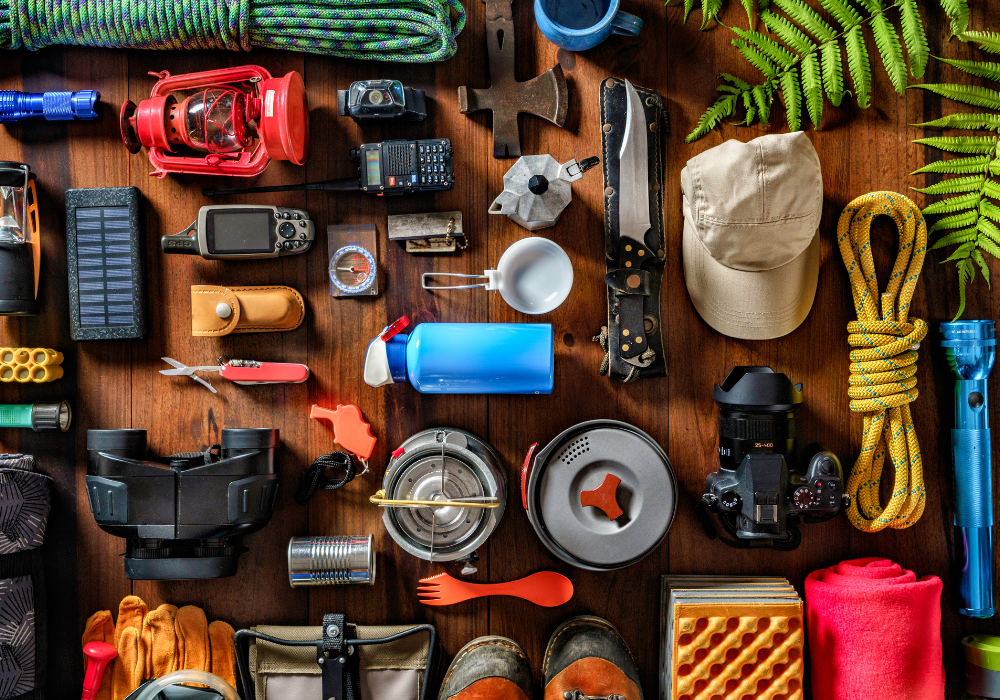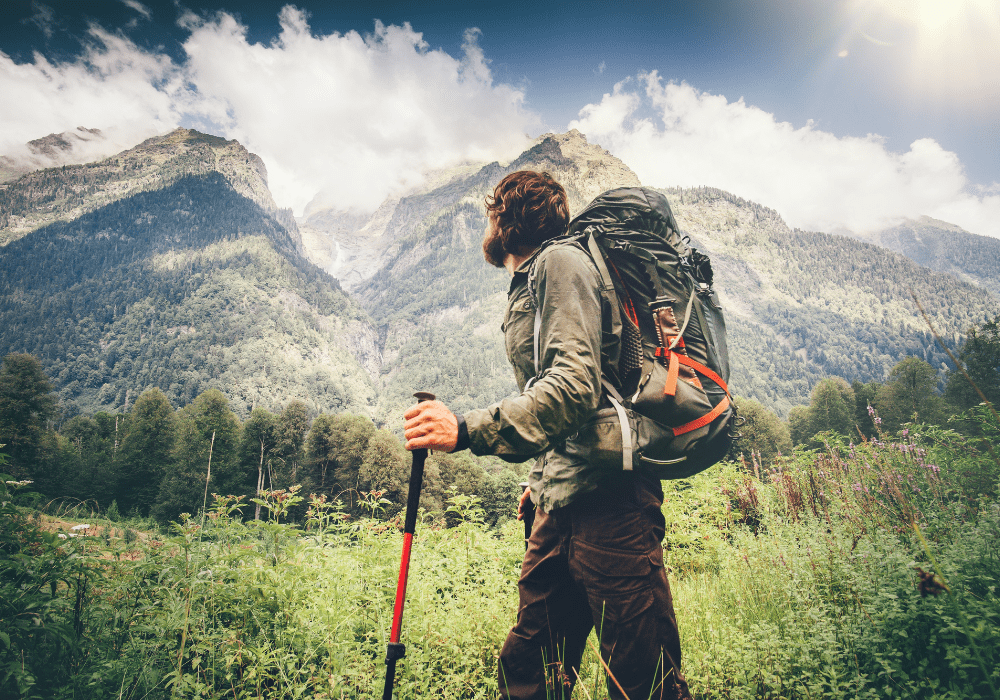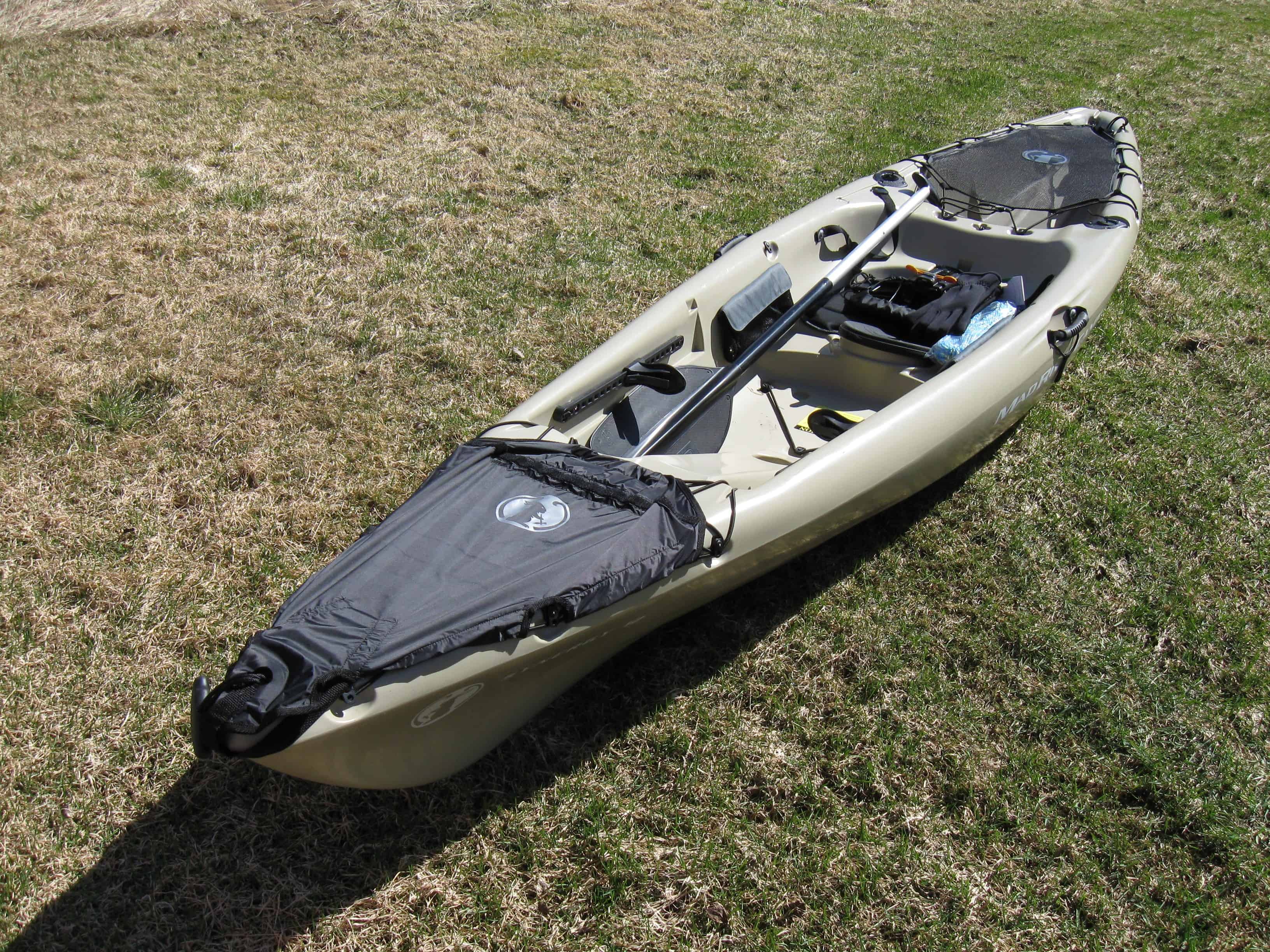How to Make a Camping Survival Kit: A Complete Checklist

Exploring the great outdoors through camping is an exhilarating experience that brings us closer to nature. However, unpredictable situations can arise, emphasizing the importance of being prepared. A well-assembled camping survival kit is essential for addressing unexpected challenges and ensuring your safety in the wilderness. Here’s a comprehensive guide to creating a complete camping survival kit.
1. Container:
Choose a durable, waterproof container to house your survival kit. Consider using a waterproof pouch, a dry bag, or a sturdy plastic container to keep items safe and dry.
2. Navigation Tools:
- Map of the area and a compass
- GPS device or smartphone with GPS functionality
- Whistle for signaling in emergencies
3. Shelter and Warmth:
- Emergency space blanket or survival sleeping bag
- Lightweight tarp or emergency shelter
- Firestarter kit (waterproof matches, lighter, or flint and steel)
- Portable stove or fuel for cooking and warmth
4. Illumination:
- Headlamp or flashlight with extra batteries
- Glow sticks or portable lantern for additional light
5. First Aid and Hygiene:
- Comprehensive first aid kit with bandages, antiseptic wipes, medications, etc.
- Personal medications and medical supplies
- Hand sanitizer and biodegradable toiletries
- Quick-dry towel or wipes
6. Water and Purification:
- Water bottles or a hydration bladder
- Water purification tablets or a portable water filter
- Collapsible water container for collecting and storing water
7. Nutrition:
- High-energy snacks (energy bars, trail mix, etc.)
- Compact, non-perishable food items
- Portable utensils and a lightweight mess kit
8. Multi-Tool and Repair Gear:
- Multi-tool or Swiss Army knife
- Duct tape and repair patches for gear
- Sewing kit for emergency repairs
9. Communication and Signaling:
- Fully charged cell phone with a portable charger
- Emergency whistle or signaling mirror
- Two-way radio for communication in remote areas
10. Additional Items:
- Spare clothing appropriate for weather changes
- Sun protection (hat, sunscreen, sunglasses)
- Insect repellent
- Personal identification and emergency contact information
- Cash and important documents stored in a waterproof bag
11. Special Considerations:
- If camping in bear country, carry bear spray or bear-resistant containers for food storage.
- If camping in remote areas, consider carrying a personal locator beacon (PLB) or satellite messenger for emergency communication.
12. Education and Training:
- Ensure you have knowledge of basic survival skills, such as starting a fire, building a shelter, and administering first aid. Consider taking a wilderness survival course for more in-depth knowledge.
Assembling a camping survival kit is only the first step. Regularly inspect and update your kit, ensuring items are functional and not expired. Tailor your kit based on the specific camping location, duration, and potential risks you may encounter.
Remember, the goal of a survival kit is to provide peace of mind and assistance in challenging situations. Hopefully, you’ll never need to use it, but having a well-prepared survival kit can be a lifesaver in an emergency during your camping adventures. Happy and safe camping!


